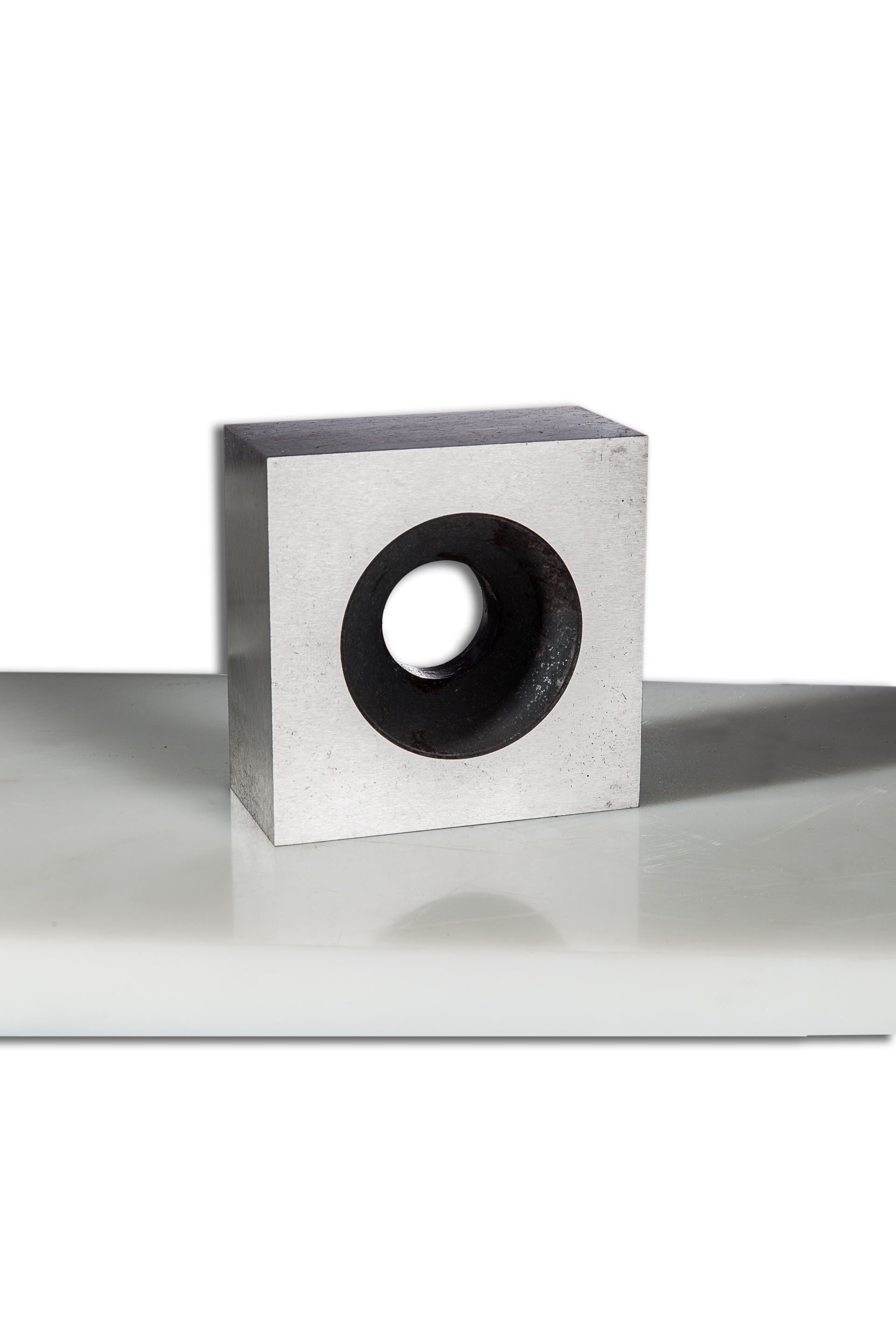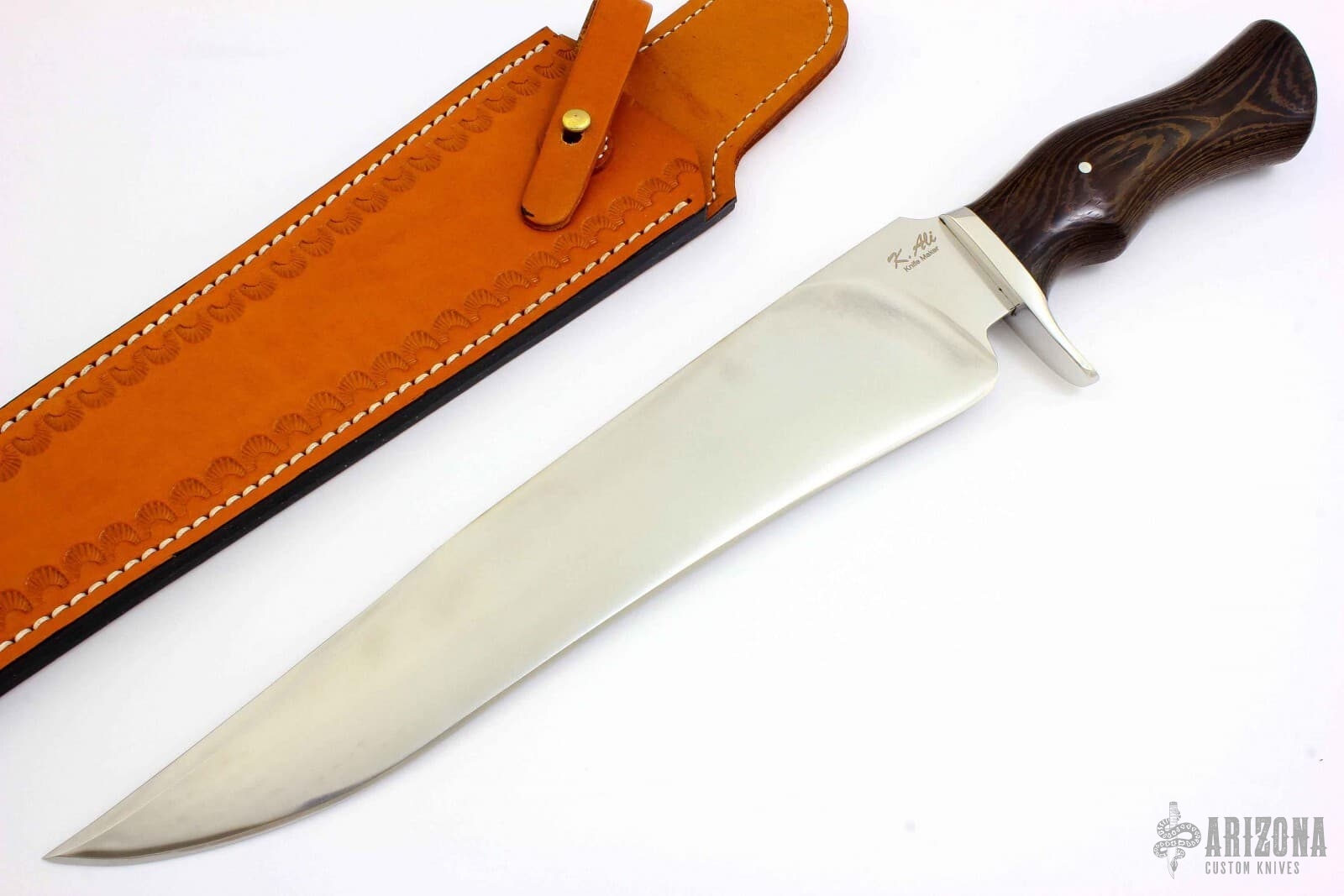
“The thicker the blade, the more material you will have to remove to create a low edge angle.”Īnd it usually takes time to thin down a thick blade.Īs he warns, “If you choose to sharpen a low edge angle onto a thick blade, be prepared to be patient.” Blade thickness is a factor as well. “Thin blades are much easier to sharpen to low edge angles than thick knives,” Crawford states. With task-specific knives of high-yield-strength steels for hunting/field dressing, you may opt for a more acute edge angle, anywhere between 15 and 20 degrees.

It is ground thinner because S90V is a high-yield-strength steel that can retain its strength with a thinner edge without deforming or chipping. A prime example of Tobler’s point is Benchmade’s 15017-1 Hidden Canyon Hunter, a compact drop-point fixed blade in premium CPM S90V stainless steel well known for its extreme edge-holding ability.īenchmade uses its SelectEdge 14-degree included edge on the knife. “Conventionally cast steels with large carbides are better suited to larger included angles.” Lesser grades of steel such as the 7Cr17MoV stainless of the Gerber Tri-Tip should not be taken down to an acute angle. “A harder steel with higher yield strength can be ground to a small included angle with less worry about rolling or deforming the edge,” she says. However, Kendra Tobler, marketing communications manager for Benchmade Knife Co., indicates grades of blade steel also factor in as well.

“If you sharpen your heavy-use EDC knife to a low angle such as 15 degrees, it will be incredibly sharp,” Crawford says, “but the trade-off you are making is edge retention and durability.”Ĭonversely, he adds, if you sharpen at a wider angle, such as 25 degrees, the edge will still be very sharp but you gain improved edge retention and, thus, eliminate the need for more frequent maintenance. The Work Sharp Ken Onion Elite sharpener is set here to sharpen at 22 degrees. The edge is sharp and durable, and a good middle-of-the-road angle that is a good balance between durability and cutting ease. Knives come with a standard edge from the factory, around 22 degrees inclusive. “For kitchen knives that see light duty cutting food on cutting boards, or a task-specific hunting knife like a camping knife, a low angle is ideal,” counters Crawford.īy “low” he means an edge angle between 15 and 20 degrees. “Generally, the wider the angle of edge, the more steel is behind it, which increases the edge’s toughness,” Broce observes. For tough chores such as chopping or batonning, a wider angle is best.

In fact, all of our story sources cited the intended use of the knife as a deciding factor. He says the two keys are knife type/use and edge retention/maintenance. Russell Knives.Īgrees Kyle Crawford, brand manager for Work Sharp, “The answer is often different for everyone.” “The best angle of sharpening is one of those very intriguing topics that many have explored but most have come up with different answers,” states Jake Broce, online marketing coordinator for A.G. What determines the best sharpening angle? The answer is one that plagues knife neophytes and old hands alike. The best sharpening angle depends on the use of the knife, the thickness of the blade, the type of blade steel, the sharpening materials used and more.


 0 kommentar(er)
0 kommentar(er)
